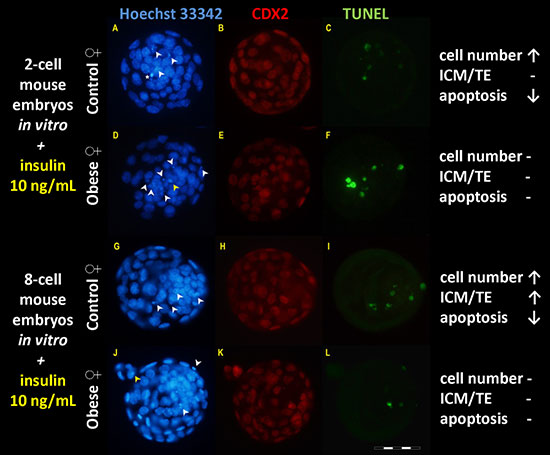- |<
- <
- 1
- >
- >|
-
Clinical prospects proposing an increase in the luteolytic dose of prostaglandin F2α in dairy cattleArticle type: Opinions and Hypotheses
2021Volume 67Issue 1 Pages 1-3
Published: 2021
Released on J-STAGE: February 15, 2021
Advance online publication: November 09, 2020Download PDF (616K)
-
Article type: Original Article
2021Volume 67Issue 1 Pages 5-13
Published: 2021
Released on J-STAGE: February 15, 2021
Advance online publication: October 30, 2020Download PDF (1368K) -
Article type: Original Article
2021Volume 67Issue 1 Pages 15-23
Published: 2021
Released on J-STAGE: February 15, 2021
Advance online publication: October 25, 2020Download PDF (1408K) -
Article type: Original Article
2021Volume 67Issue 1 Pages 25-34
Published: 2021
Released on J-STAGE: February 15, 2021
Advance online publication: November 27, 2020Download PDF (991K) -
Article type: Original Article
2021Volume 67Issue 1 Pages 35-42
Published: 2021
Released on J-STAGE: February 15, 2021
Advance online publication: December 02, 2020Download PDF (1470K) -
Article type: Original Article
2021Volume 67Issue 1 Pages 43-51
Published: 2021
Released on J-STAGE: February 15, 2021
Advance online publication: December 12, 2020Download PDF (2178K) -
Article type: Original Article
2021Volume 67Issue 1 Pages 53-58
Published: 2021
Released on J-STAGE: February 15, 2021
Advance online publication: December 08, 2020Download PDF (1272K) -
 Article type: Original Article
Article type: Original Article
2021Volume 67Issue 1 Pages 59-66
Published: 2021
Released on J-STAGE: February 15, 2021
Advance online publication: December 26, 2020Editor's pickCover Story:
Previous reports suggested the involvement of alpha-tubulin N-acetyltransferase 1 (ATAT1) in flagella formation in spermatozoa; however, whether ATAT1 is expressed in flagella and involved in spermatozoa maturation and capacitation remains to be elucidated. Yanai et al. evaluated the expression of ATAT1 in the male reproductive system in mice using immunostaining and western blotting (Yanai et al. Expression and localization of alpha-tubulin N-acetyltransferase 1 in the reproductive system of male mice. pp. 59–66). The localization of ATAT1 protein in the male germline was detected during spermiogenesis as well as spermatozoa maturation. Therefore, these results suggest that ATAT1 might be involved not only in flagella formation, but also in the acetylation process during spermatozoa maturation and capacitation.Download PDF (2678K)
-
Article type: Technology Report
2021Volume 67Issue 1 Pages 67-71
Published: 2021
Released on J-STAGE: February 15, 2021
Advance online publication: October 09, 2020Download PDF (1087K) -
Article type: Technology Report
2021Volume 67Issue 1 Pages 73-77
Published: 2021
Released on J-STAGE: February 15, 2021
Advance online publication: October 17, 2020Download PDF (5344K)
- |<
- <
- 1
- >
- >|








